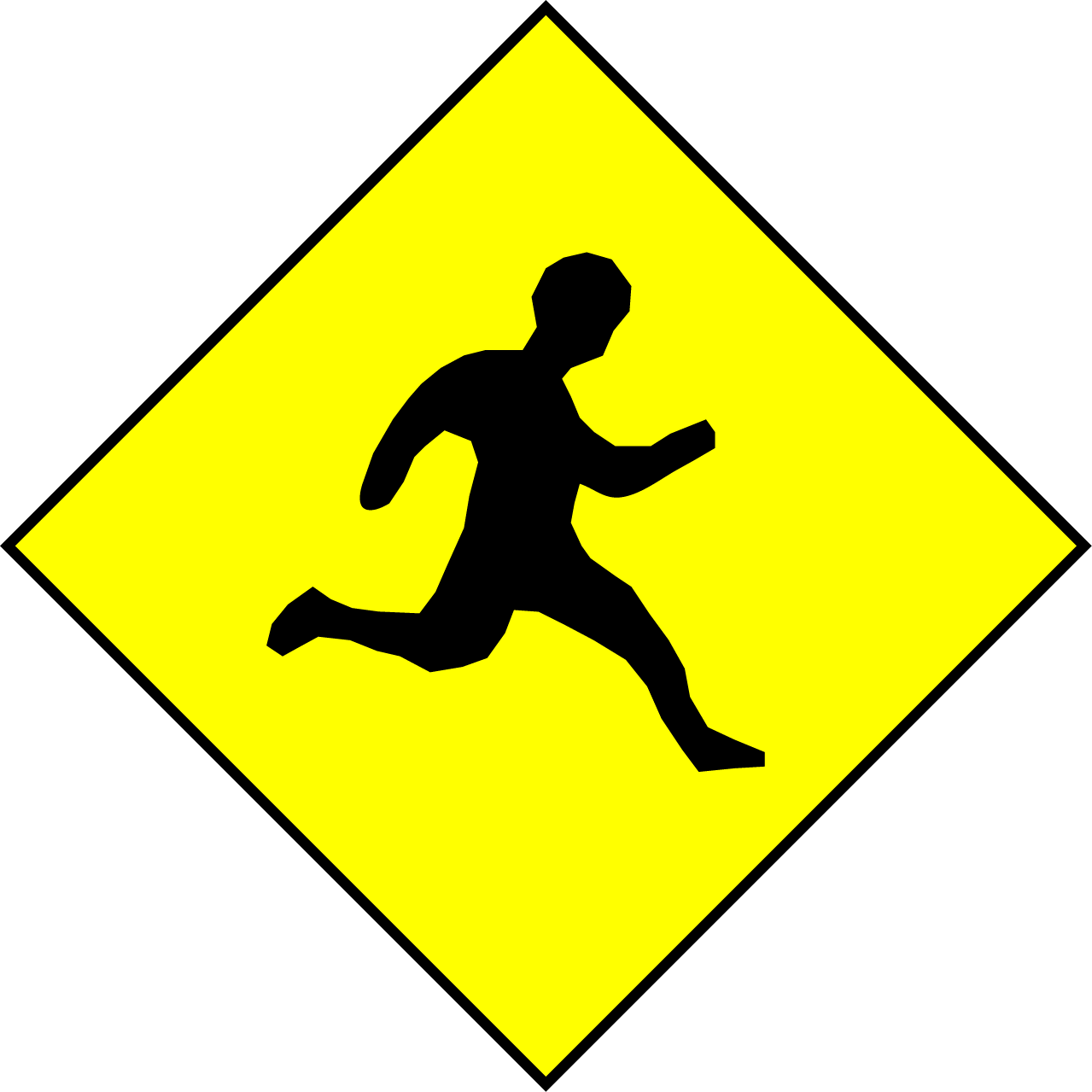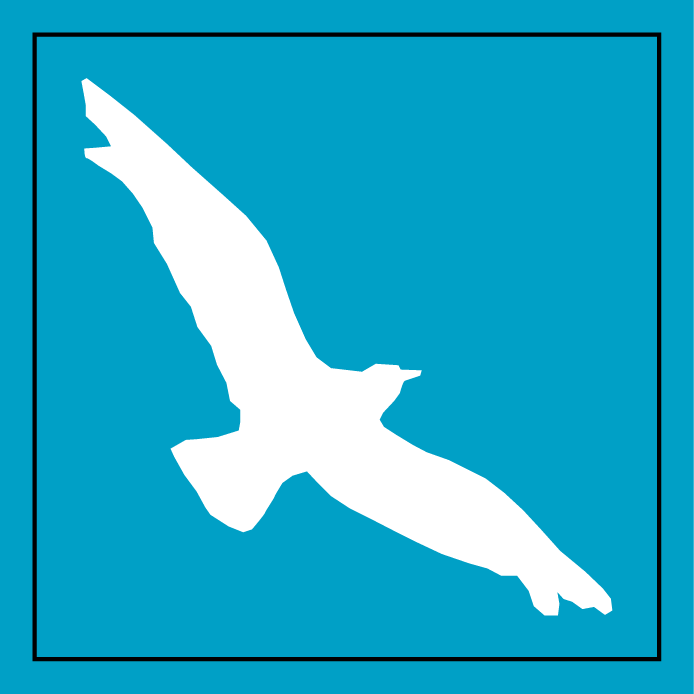 VAAST
VAAST
VAAST (the Variant Annotation, Analysis & Search Tool) is a probabilistic search tool for identifying damaged genes and their disease-causing variants in personal genome sequences. VAAST builds upon existing amino acid substitution (AAS) and aggregative approaches to variant prioritization, combining elements of both into a single unified likelihood-framework that allows users to identify damaged genes and deleterious variants with greater accuracy, and in an easy-to-use fashion. VAAST can score both coding and non-coding variants, evaluating the cumulative impact of both types of variants simultaneously. VAAST can identify rare variants causing rare genetic diseases, and it can also use both rare and common variants to identify genes responsible for common diseases. VAAST thus has a much greater scope of use than any existing methodology.
 MAKER 2 (updated 07-22-2012)
MAKER 2 (updated 07-22-2012)
MAKER is a portable and easily configurable genome annotation pipeline. It's purpose is to allow smaller eukaryotic and prokaryotic genomeprojects to independently annotate their genomes and to create genome databases. MAKER identifies repeats, aligns ESTs and proteins to a genome, produces ab-initio gene predictions and automatically synthesizes these data into gene annotations having evidence-based quality values. MAKER is also easily trainable: outputs of preliminary runs can be used to automatically retrain its gene prediction algorithm, producing higher quality gene-models on seusequent runs. MAKER's inputs are minimal and its ouputs can be directly loaded into a GMOD database. They can also be viewed in the Apollo genome browser; this feature of MAKER provides an easy means to annotate, view and edit individual contigs and BACs without the overhead of a database. MAKER should prove especially useful for emerging model organism projects with minimal bioinformatics expertise and computer resources.
 RepeatRunner
RepeatRunner
RepeatRunner is a CGL-based program that integrates RepeatMasker with BLASTX to provide a comprehensive means of identifying repetitive elements. Because RepeatMasker identifies repeats by means of similarity to a nucleotide library of known repeats, it often fails to identify highly divergent repeats and divergent portions of repeats, especially near repeat edges. To remedy this problem, RepeatRunner uses BLASTX to search a database of repeat encoded proteins (reverse transcriptases, gag, env, etc...). Because protein homologies can be detected across larger phylogenetic distances than nucleotide similarities, this BLASTX search allows RepeatRunner to identify divergent protein coding portions of retro-elements and retro-viruses not detected by RepeatMasker. RepeatRunner merges its BLASTX and RepeatMasker results to produce a single, comprehensive XML-based output. It also masks the input sequence appropriately. In practice RepeatRunner has been shown to greatly improve the efficacy of repeat identifcation. RepeatRunner can also be used in conjunction with PILER-DF - a program designed to identify novel repeats - and RepeatMasker to produce a comprehensive system for repeat identification, characterization, and masking in the newly sequenced genomes.
ImagePlane
ImagePlane is python based image analysis software designed for the automated analysis of images of the animal S. mediterranea. This software allows the animals's neoblasts to be quantified and tested for assymetries along its veritcal and hoizontal axes. ImagePlane also allows simple mophology categorizations to be made based on the overall shape of the animal.
 CGL
CGL
CGL is a software library designed to facilitate the use of genome annotations as substrates for computation and experimentation; we call it "CGL", an acronym for Comparitive Genomics Library, and pronounce it "Seagull". The purpose of CGL is to provide an informatics infrastructure for a laboratory, department, or research institute engaged in the large-scale analysis of genomes and their annotations.
没有评论:
发表评论